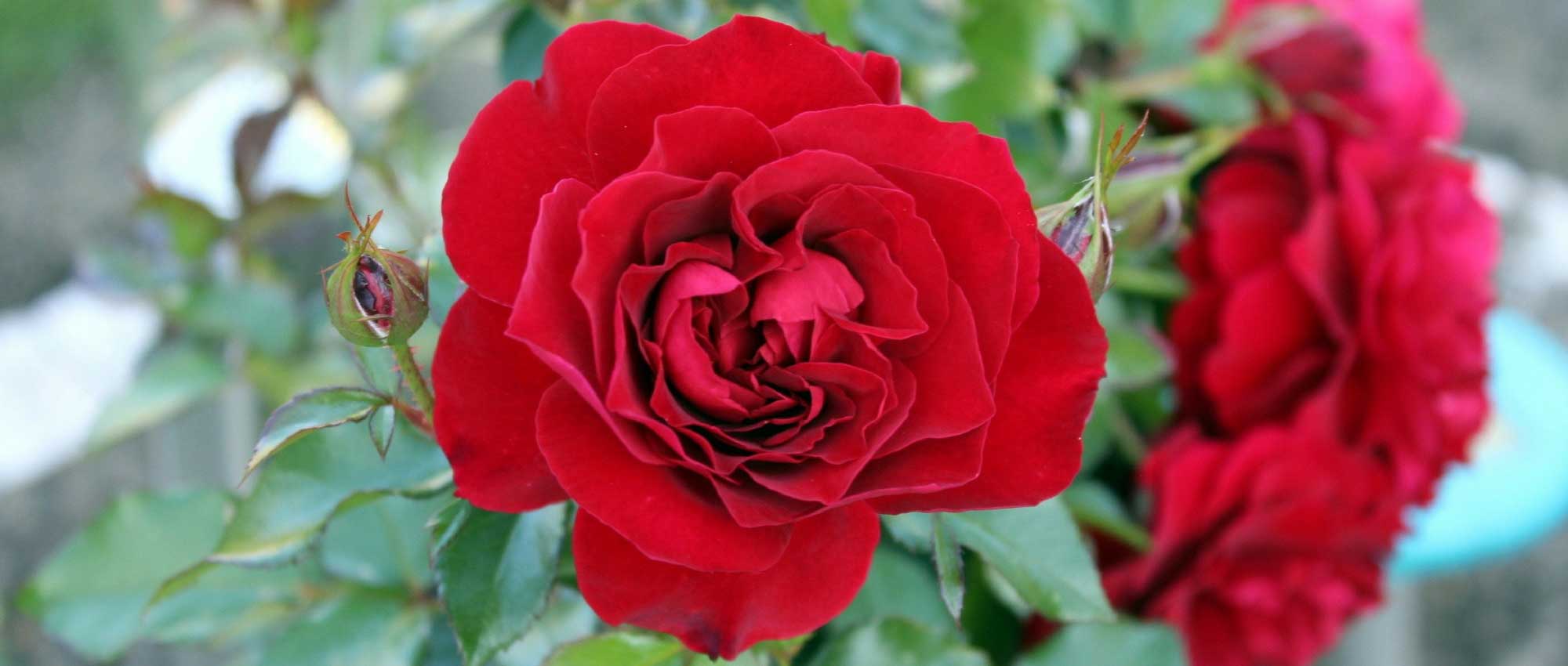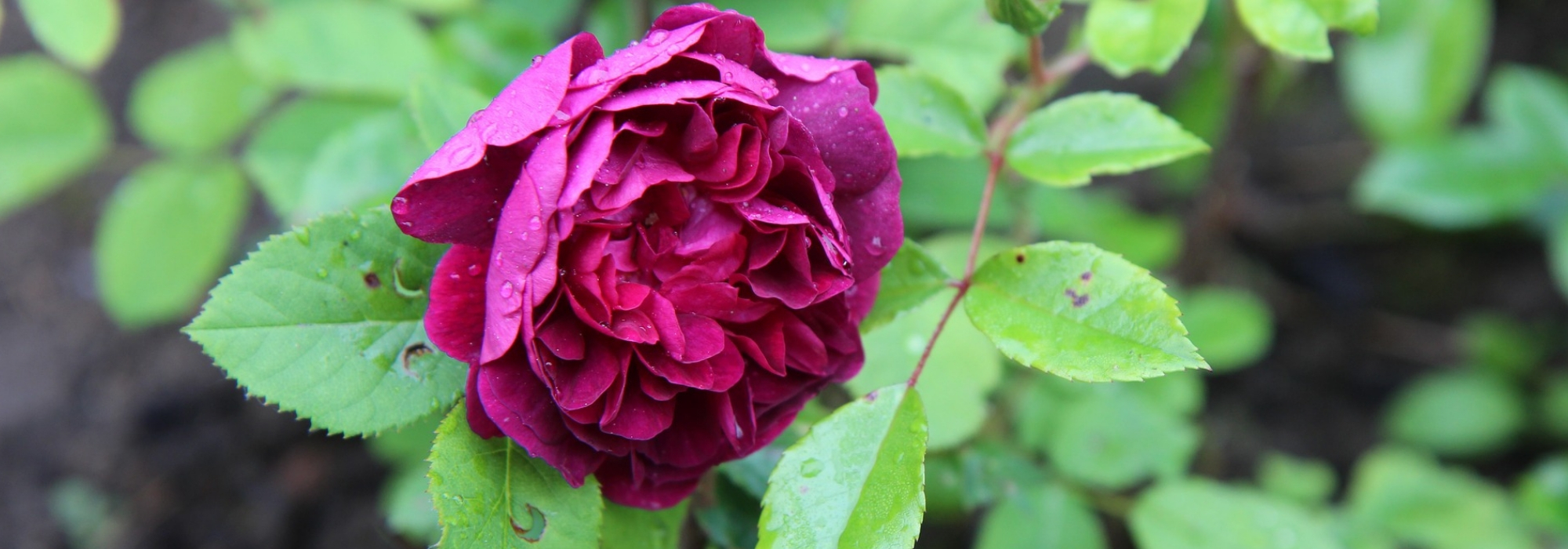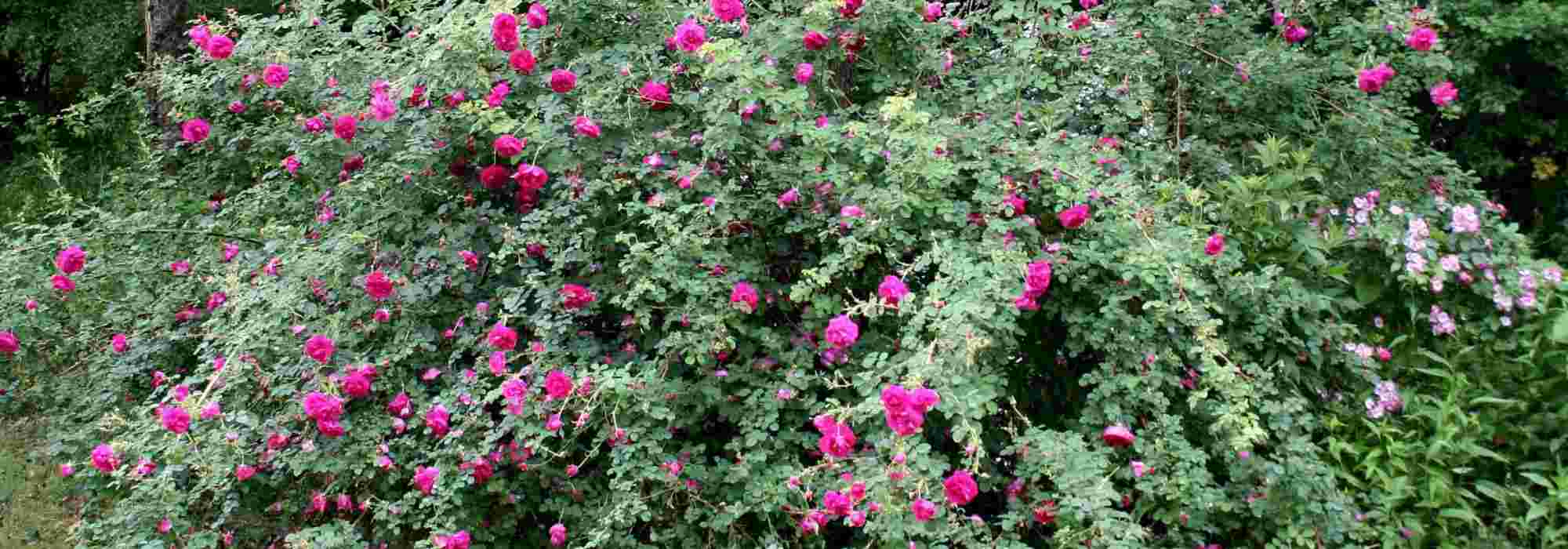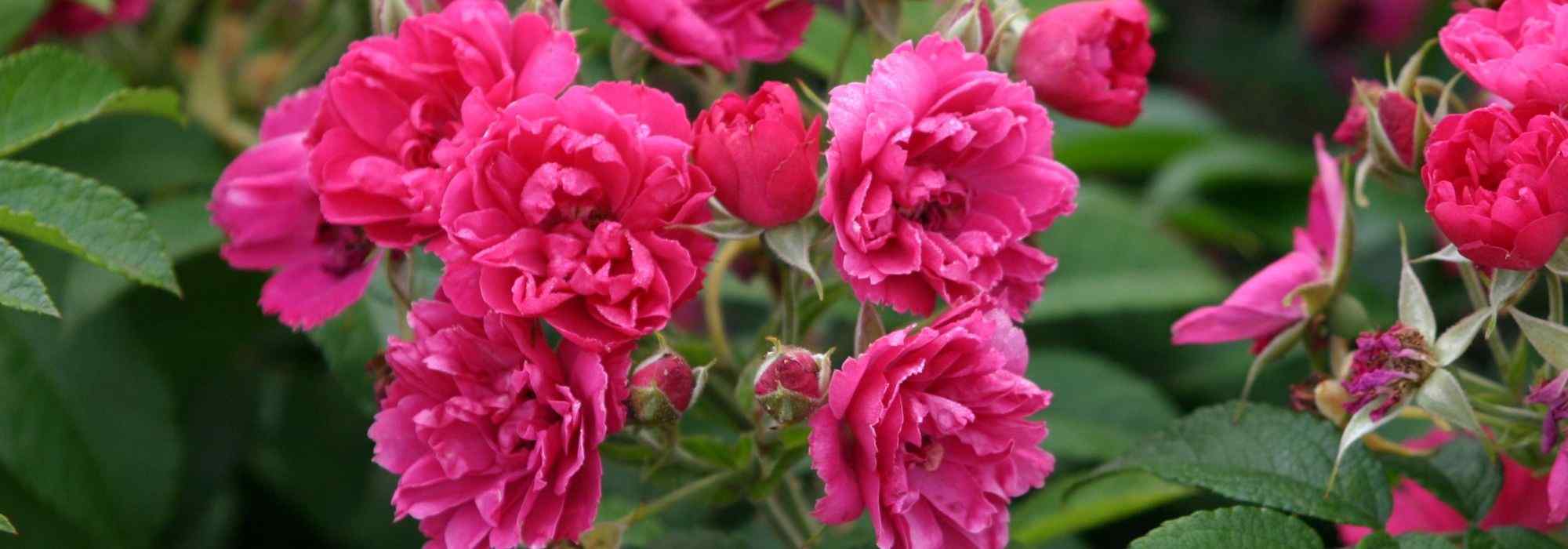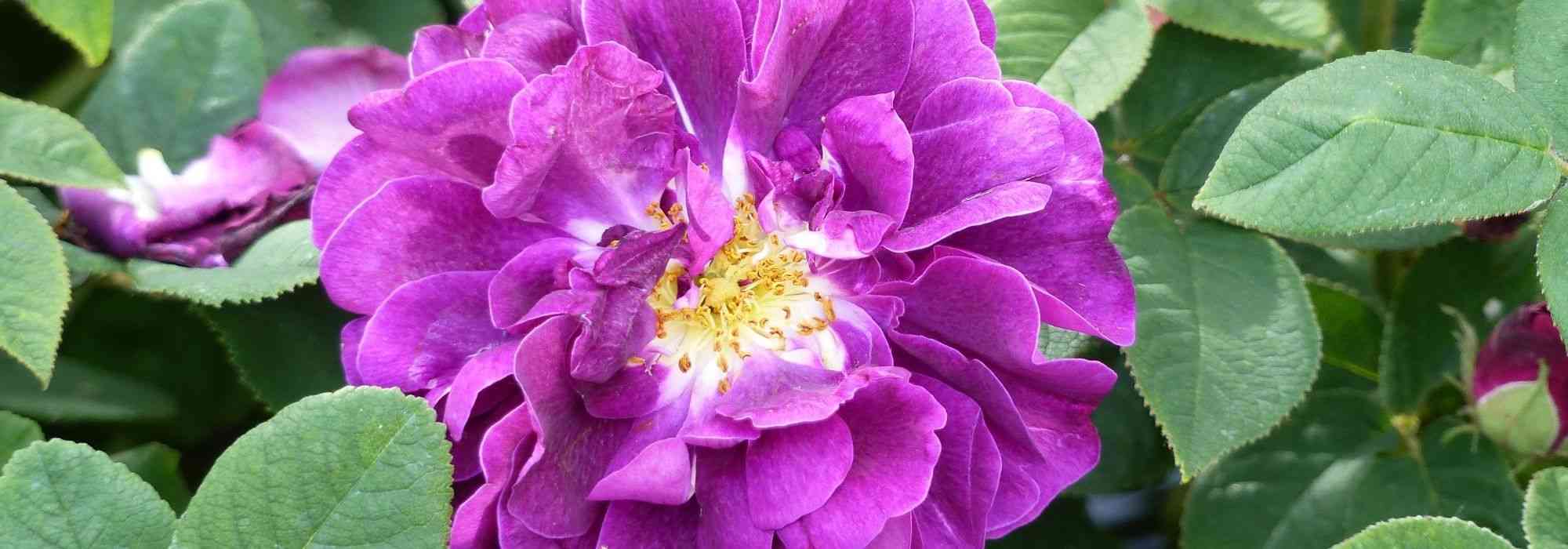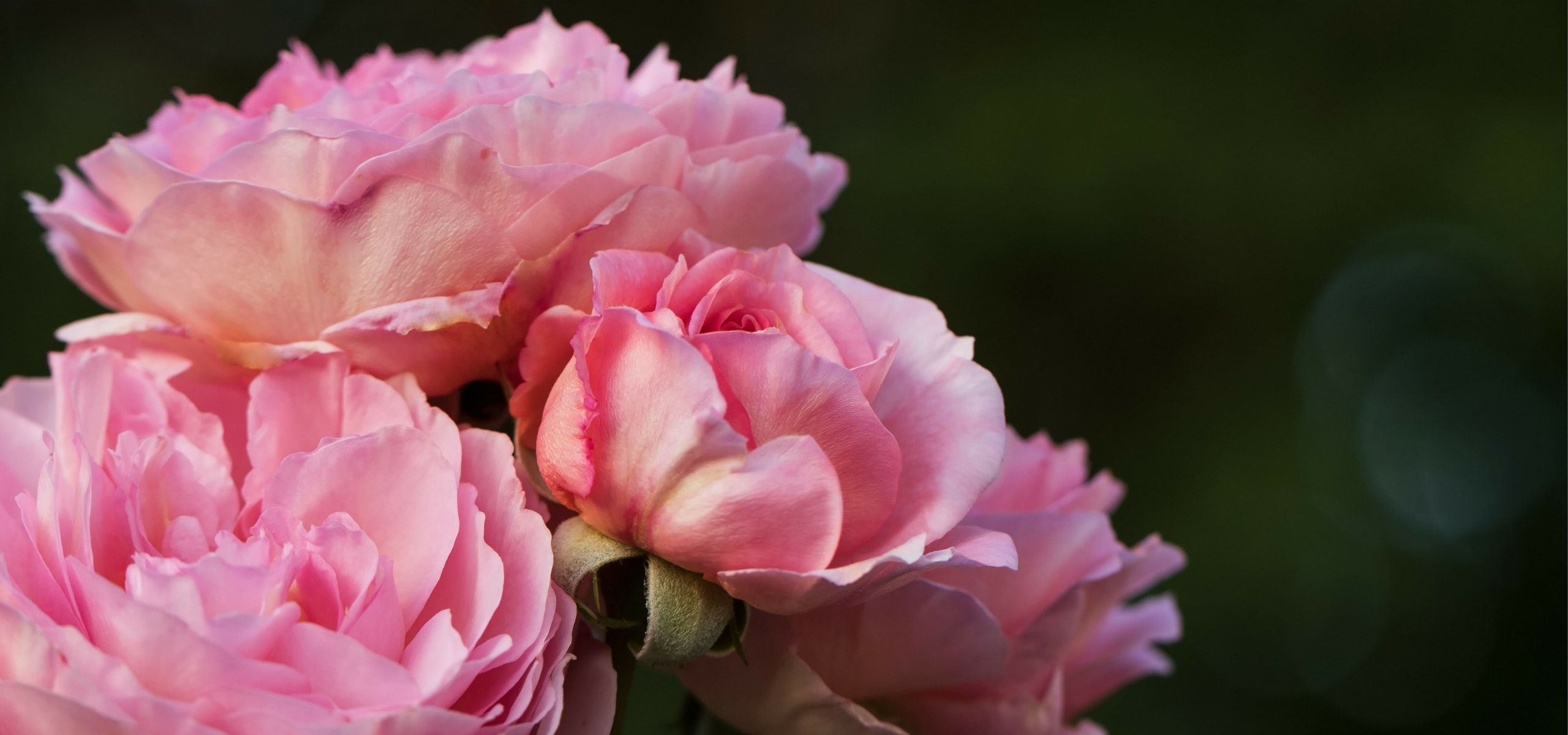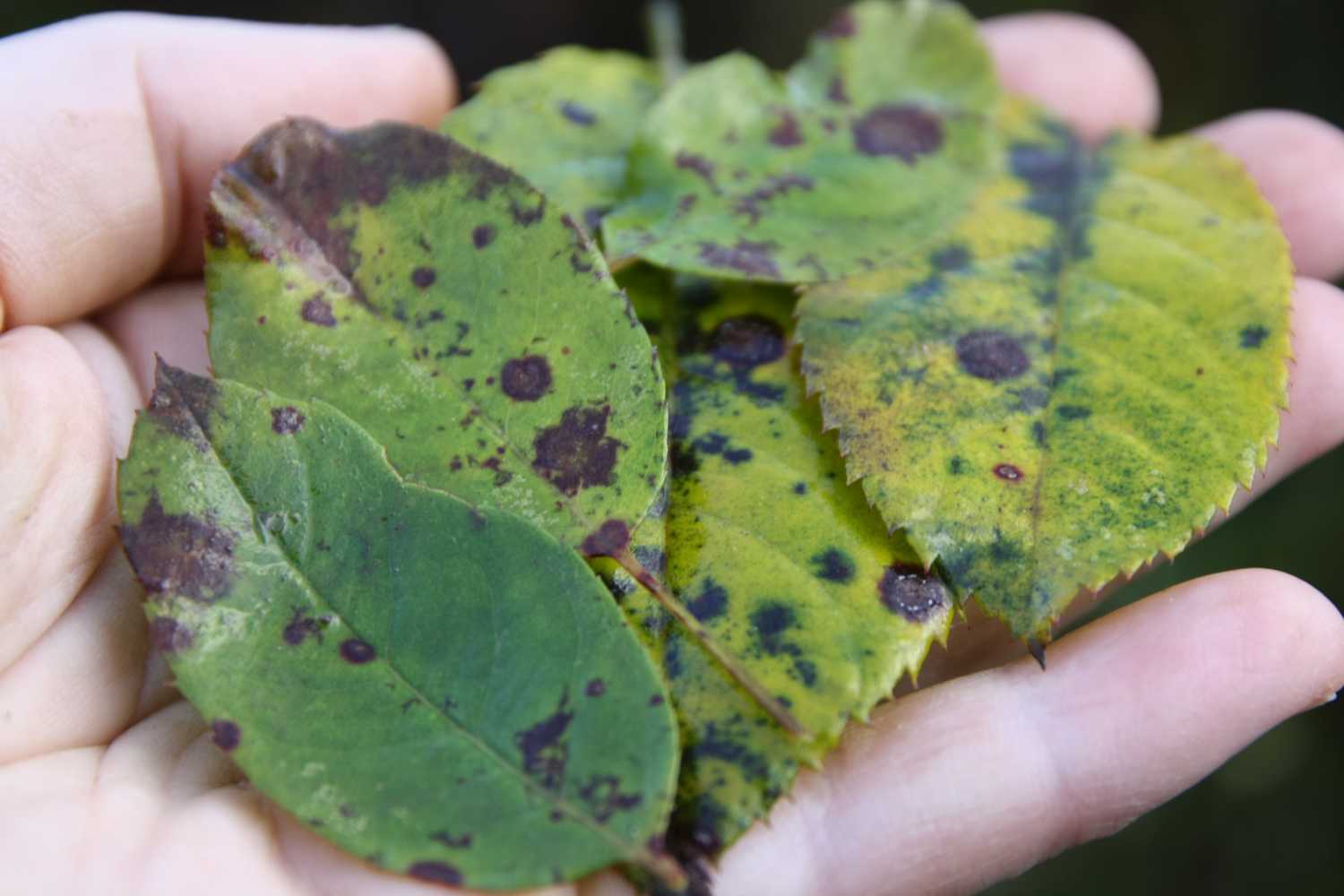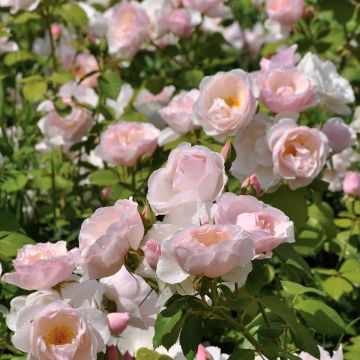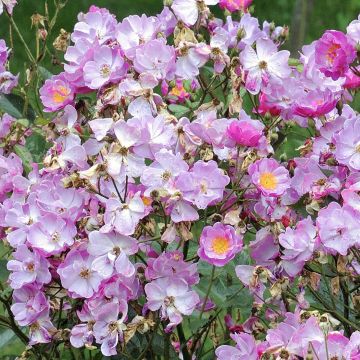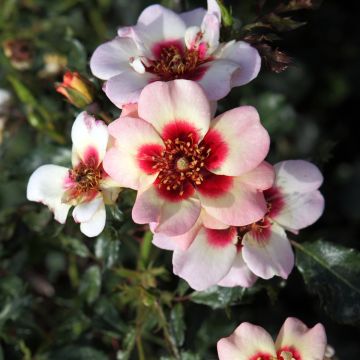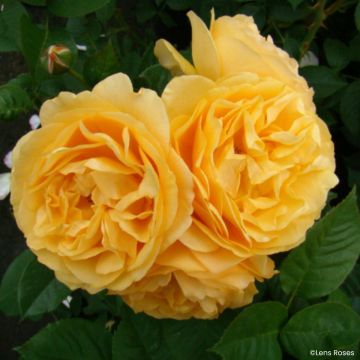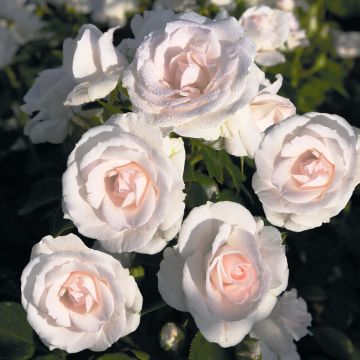

Rosa rugosa Angelia Purple - Rugosa Rose
Rosa rugosa Angelia Purple - Rugosa Rose
Rosa rugosa 'Minrugo4V' Angelia® Purple
Rugosa Rose, Japanese Rose, Ramanas Rose, Beach Rose
Special offer!
Receive a €20 voucher for any order over €90 (excluding delivery costs, credit notes, and plastic-free options)!
1- Add your favorite plants to your cart.
2- Once you have reached €90, confirm your order (you can even choose the delivery date!).
3- As soon as your order is shipped, you will receive an email containing your voucher code, valid for 3 months (90 days).
Your voucher is unique and can only be used once, for any order with a minimum value of €20, excluding delivery costs.
Can be combined with other current offers, non-divisible and non-refundable.
Home or relay delivery (depending on size and destination)
Schedule delivery date,
and select date in basket
We guarantee the quality of our plants for a full growing cycle, and will replace at our expense any plant that fails to recover under normal climatic and planting conditions.
Description
Le rosier Angelia® Purple (Rosa rugosa 'Minrugo2p') est un arbuste buissonnant vigoureux qui donnera le meilleur dans une haie fleurie ou un grand massif champêtre. Sa floraison estivale semi-double, d'un rose pourpré, dégage un charme rustique et raffiné à la fois. Ce rosier, sélectionné dans la gamme Formidable Plants, séduit aussi par son feuillage épais et nervuré insensible aux maladies, ses teintes automnales dorées et ses beaux fruits rouges. Une excellente variété pour les jardins sans contraintes !
Le rosier Angelia® Purple 'Minrugo4v', obtenu en 2018 par le sélectionneur français Hortival Diffusion et distribué par la gamme Formidable Plants, appartient au groupe des rosiers rugosa, réputés pour leur rusticité exceptionnelle, leur feuillage parfaitement sain ainsi que leur tolérance aux sols pauvres et aux embruns. Ce cultivar est également labellisé Fleurs de France : il porte ce label, ce qui garantit une production locale et un engagement pour la filière horticole française de qualité.
Cet arbuste vigoureux de la série ANGELIA® – une série de variétés au port compact, uniforme et florifère – se distingue par son port buissonnant dense, atteignant jusqu'à 2 m de hauteur et 1,5 m de large en dix ans. Ses fleurs semi‑doubles, de 6 à 8 cm de diamètre, présentent une teinte rose pourpré soutenue, nuancée de magenta en pleine lumière, et s’ouvrent sur un bouquet d’étamines jaune vif. Ces corolles délicatement parfumées s’épanouissent de juin à août, et parfois jusqu’en septembre selon les conditions. Le parfum est subtil, mais typique des rugosa : floral, légèrement épicé, présent sans être entêtant. Le feuillage est caduc en hiver. Il présente de grandes feuilles composées, épaisses et très nervurées, d’un vert franc et lustré. À l’automne, il prend de belles teintes dorées à orangées avant de tomber. Les jeunes pousses arborent parfois une légère teinte bronze. Les tiges, solides, sont garnies de fines épines souples, typiques du groupe. En fin d’été, ce rosier produit des cynorrhodons ronds et luisants, de couleur rouge orangé, qui persistent jusqu’en hiver.
Très robuste, ce rosier montre une excellente résistance aux maladies, notamment aux taches noires, à la rouille et à l’oïdium. Il tolère bien les conditions climatiques difficiles. Comme beaucoup de rugosa, il émet des rejets depuis la base et peut former des touffes denses bien implantées.
Doté d'un' rusticité hors pair, d'une floraison généreuse et d'une grande facilité de culture, Angelia® Purple s’impose comme une valeur sûre dans tous les jardins. Vraiment accommodant, ce grand arbuste est chez lui dans une haie libre ou défensive, un massif arbustif ou une scène naturelle. Il performe en bord de mer comme dans un jardin campagnard, sous la plupart des climats. C’est une variété ornementale neuf ou dix mois sur douze. Vous pouvez l'associer d'autres rosiers sauvages, à des weigélias pour haies ou des lilas compacts. Ses fruits, débarrassés de leurs graines, permettent de réaliser des gelées et marmelades riches en vitamines.
Plant habit
Flowering
Foliage
Botanical data
Rosa
rugosa
'Minrugo4V' Angelia® Purple
Rosaceae
Rugosa Rose, Japanese Rose, Ramanas Rose, Beach Rose
Rosa rugosa 'Minrugo4V', Rosa rugosa Angelia® Purple
Cultivar or hybrid
Planting and care
The Rosa rugosa 'Angelia Purple' is undemanding, it thrives in all regions, fears neither diseases, cold, rain, nor poor and fairly dry soils in summer. It adapts to all soil types, provided planting is done carefully! Plant it in ordinary, well-worked and drained soil, in a sunny position (or slightly shaded in the afternoon in very hot climates).
To install your rose, whether in a pot or in the ground, work your soil to a depth of 30-40 cm, breaking up the soil well and placing a base amendment like dried blood or dehydrated horn at the bottom of the planting hole. Position your young plant after removing it from its pot, covering the top of the root ball with 3 cm of soil, backfill and water thoroughly to eliminate air pockets. In dry weather, water regularly for a few weeks to facilitate root establishment. Also remember to provide your rosebush with special rose fertiliser which stimulates plant flowering.
Roses often become spotted or unsightly by late summer, but this is not a problem for their development. These spots are not dangerous for the rose, it's a natural phenomenon. Follow all our advice to remedy this and consult our article: Help: I have spots on my roses
Planting period
Intended location
Care
Planting & care advice
This item has not been reviewed yet - be the first to leave a review about it.
Similar products
Haven't found what you were looking for?
Hardiness is the lowest winter temperature a plant can endure without suffering serious damage or even dying. However, hardiness is affected by location (a sheltered area, such as a patio), protection (winter cover) and soil type (hardiness is improved by well-drained soil).

Photo Sharing Terms & Conditions
In order to encourage gardeners to interact and share their experiences, Promesse de fleurs offers various media enabling content to be uploaded onto its Site - in particular via the ‘Photo sharing’ module.
The User agrees to refrain from:
- Posting any content that is illegal, prejudicial, insulting, racist, inciteful to hatred, revisionist, contrary to public decency, that infringes on privacy or on the privacy rights of third parties, in particular the publicity rights of persons and goods, intellectual property rights, or the right to privacy.
- Submitting content on behalf of a third party;
- Impersonate the identity of a third party and/or publish any personal information about a third party;
In general, the User undertakes to refrain from any unethical behaviour.
All Content (in particular text, comments, files, images, photos, videos, creative works, etc.), which may be subject to property or intellectual property rights, image or other private rights, shall remain the property of the User, subject to the limited rights granted by the terms of the licence granted by Promesse de fleurs as stated below. Users are at liberty to publish or not to publish such Content on the Site, notably via the ‘Photo Sharing’ facility, and accept that this Content shall be made public and freely accessible, notably on the Internet.
Users further acknowledge, undertake to have ,and guarantee that they hold all necessary rights and permissions to publish such material on the Site, in particular with regard to the legislation in force pertaining to any privacy, property, intellectual property, image, or contractual rights, or rights of any other nature. By publishing such Content on the Site, Users acknowledge accepting full liability as publishers of the Content within the meaning of the law, and grant Promesse de fleurs, free of charge, an inclusive, worldwide licence for the said Content for the entire duration of its publication, including all reproduction, representation, up/downloading, displaying, performing, transmission, and storage rights.
Users also grant permission for their name to be linked to the Content and accept that this link may not always be made available.
By engaging in posting material, Users consent to their Content becoming automatically accessible on the Internet, in particular on other sites and/or blogs and/or web pages of the Promesse de fleurs site, including in particular social pages and the Promesse de fleurs catalogue.
Users may secure the removal of entrusted content free of charge by issuing a simple request via our contact form.
The flowering period indicated on our website applies to countries and regions located in USDA zone 8 (France, the United Kingdom, Ireland, the Netherlands, etc.)
It will vary according to where you live:
- In zones 9 to 10 (Italy, Spain, Greece, etc.), flowering will occur about 2 to 4 weeks earlier.
- In zones 6 to 7 (Germany, Poland, Slovenia, and lower mountainous regions), flowering will be delayed by 2 to 3 weeks.
- In zone 5 (Central Europe, Scandinavia), blooming will be delayed by 3 to 5 weeks.
In temperate climates, pruning of spring-flowering shrubs (forsythia, spireas, etc.) should be done just after flowering.
Pruning of summer-flowering shrubs (Indian Lilac, Perovskia, etc.) can be done in winter or spring.
In cold regions as well as with frost-sensitive plants, avoid pruning too early when severe frosts may still occur.
The planting period indicated on our website applies to countries and regions located in USDA zone 8 (France, United Kingdom, Ireland, Netherlands).
It will vary according to where you live:
- In Mediterranean zones (Marseille, Madrid, Milan, etc.), autumn and winter are the best planting periods.
- In continental zones (Strasbourg, Munich, Vienna, etc.), delay planting by 2 to 3 weeks in spring and bring it forward by 2 to 4 weeks in autumn.
- In mountainous regions (the Alps, Pyrenees, Carpathians, etc.), it is best to plant in late spring (May-June) or late summer (August-September).
The harvesting period indicated on our website applies to countries and regions in USDA zone 8 (France, England, Ireland, the Netherlands).
In colder areas (Scandinavia, Poland, Austria...) fruit and vegetable harvests are likely to be delayed by 3-4 weeks.
In warmer areas (Italy, Spain, Greece, etc.), harvesting will probably take place earlier, depending on weather conditions.
The sowing periods indicated on our website apply to countries and regions within USDA Zone 8 (France, UK, Ireland, Netherlands).
In colder areas (Scandinavia, Poland, Austria...), delay any outdoor sowing by 3-4 weeks, or sow under glass.
In warmer climes (Italy, Spain, Greece, etc.), bring outdoor sowing forward by a few weeks.






























